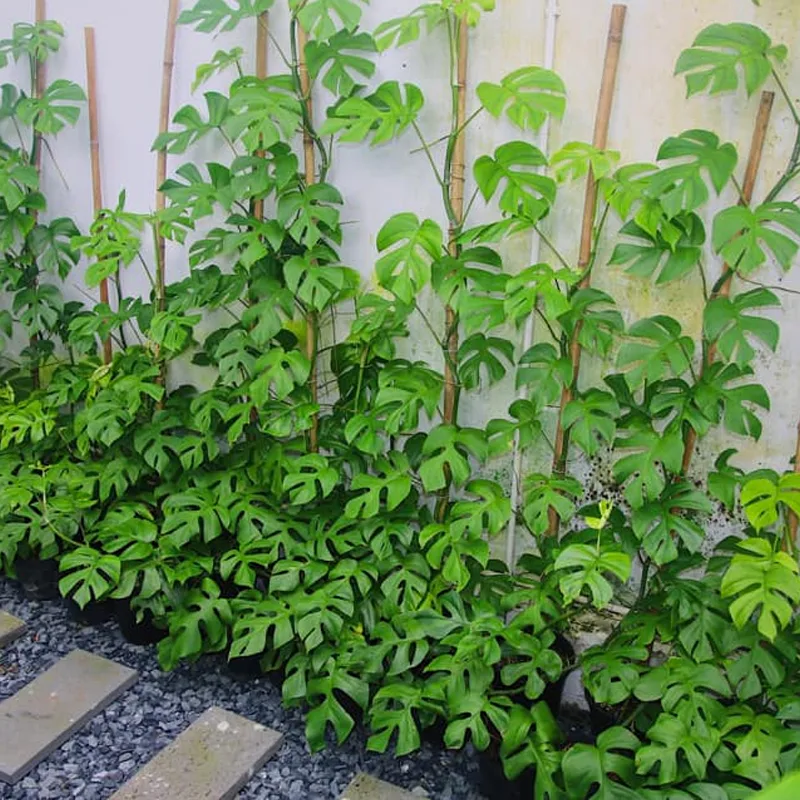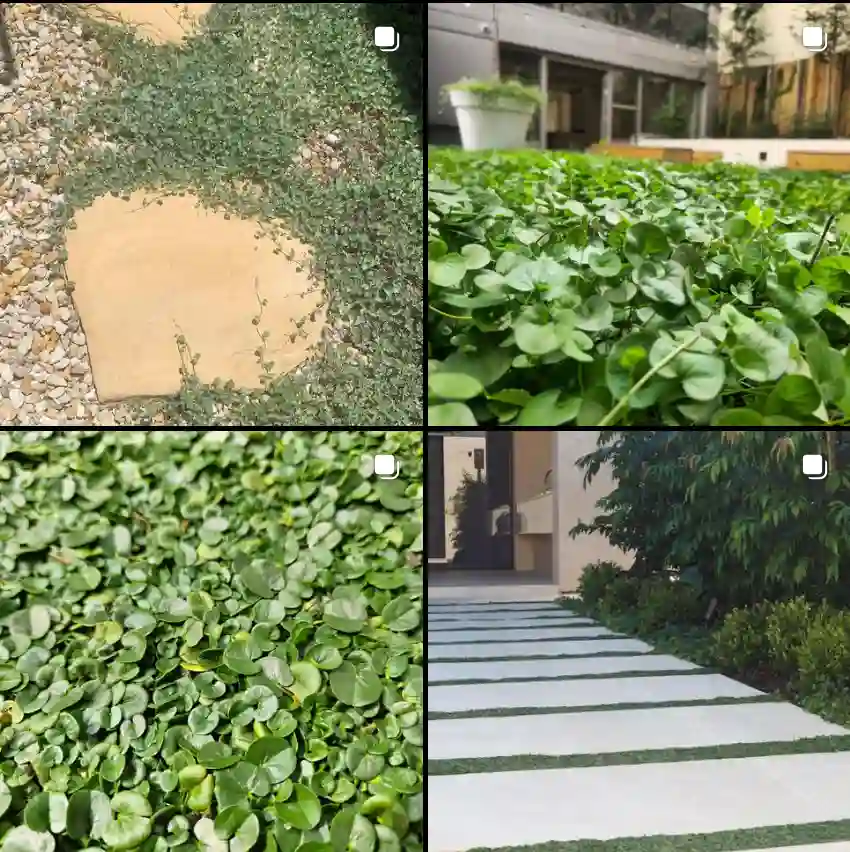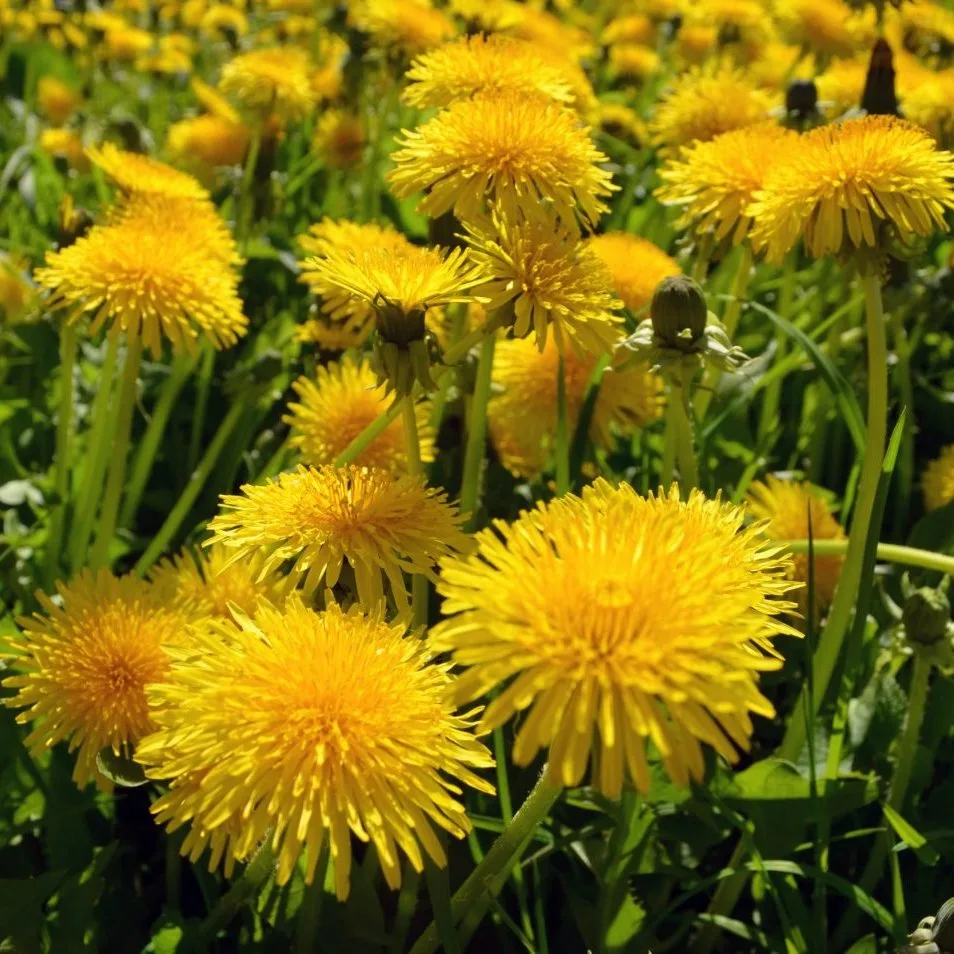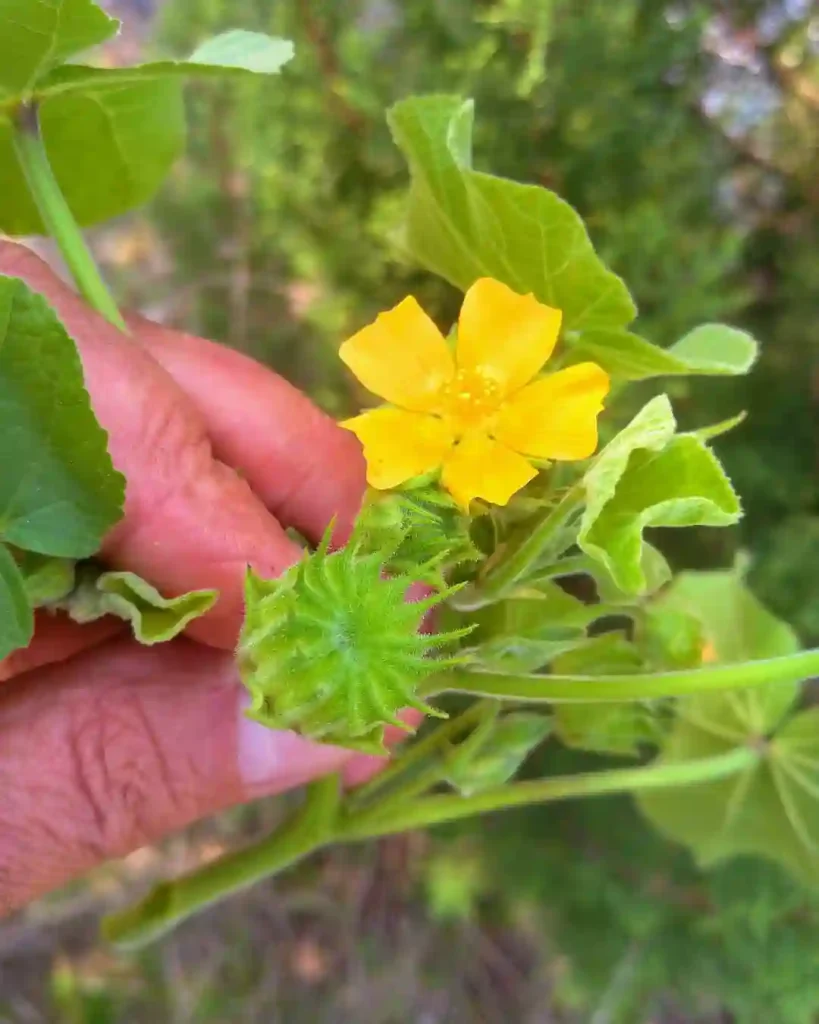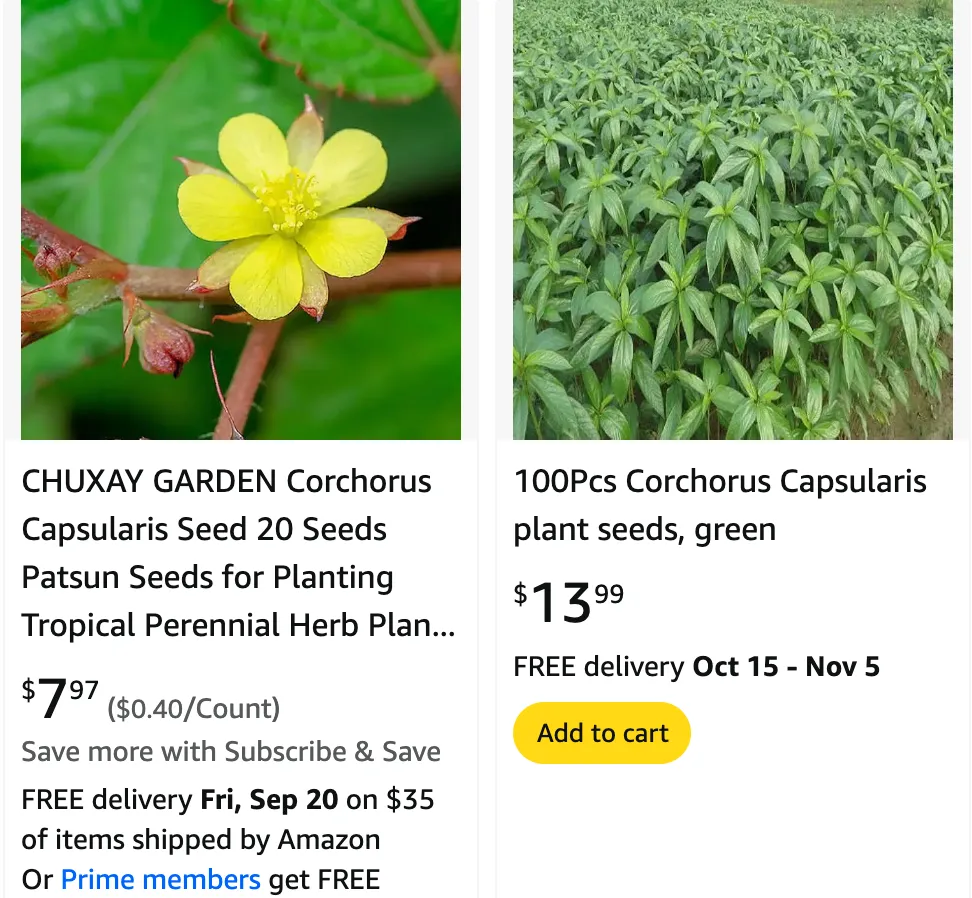
FAQs About Corchorus Capsularis
As someone who loves diving deep into plant care, I’ve spent quite a bit of time with Corchorus Capsularis. Often confused with its close relatives and other plants, it’s helpful to clear up some common questions about this versatile plant. Here’s everything you need to know!
What Is Corchorus Capsularis?
Corchorus Capsularis, commonly known as the Jute plant, is a member of the Malvaceae family. Native to tropical Asia, it is renowned for its fibrous stems, which are used to make jute—a material widely used for making ropes, sacks, and various textiles. The plant grows as a small shrub, reaching about 2 to 3 meters in height. It features simple, ovate leaves and yellow or greenish flowers that bloom in clusters.
Plant Family: 246 Genera in Malvaceae
How to Care for Corchorus Capsularis?
Caring for Corchorus Capsularis is relatively straightforward, but there are a few key points to keep in mind:
- Sunlight: This plant thrives in full sunlight. Ensure it gets at least 6 to 8 hours of direct sun each day. If grown indoors, place it near a south-facing window.
- Watering: Jute requires consistent moisture but does not like to be waterlogged. Water it regularly, allowing the topsoil to dry out slightly between waterings. Avoid letting the soil completely dry out.
- Soil: A well-draining soil mix is crucial. I’ve found that a mix of loamy soil and compost works best. Ensure the soil is rich in organic matter and has good drainage.
- Temperature: Corchorus Capsularis prefers warm temperatures. It does well in temperatures ranging from 20°C to 30°C (68°F to 86°F). It’s sensitive to frost, so protect it from cold weather.
- Fertilization: Feed the plant with a balanced fertilizer every 4 to 6 weeks during the growing season. This helps promote healthy growth and robust stems.
How to Propagate Corchorus Capsularis?
Propagating Corchorus Capsularis is quite simple. You can grow new plants from seeds. Here’s how:
- Seed Preparation: Start by soaking the seeds in water for 24 hours to enhance germination.
- Sowing Seeds: Plant the seeds in a seed tray or pots filled with a well-draining potting mix. Sow the seeds about 1 inch apart and cover them lightly with soil.
- Germination: Keep the soil moist and place the tray or pots in a warm, sunny spot. Germination typically occurs within 1 to 2 weeks.
- Transplanting: Once the seedlings have developed a few sets of true leaves and are sturdy enough, you can transplant them into larger pots or directly into the garden.
What to Plant With Corchorus Capsularis?
Corchorus Capsularis pairs well with various plants. Consider these companions:
- Marigolds: They add vibrant color and help deter pests that might bother your jute plants.
- Tomatoes: These can benefit from the added shade provided by jute, especially in hot climates.
- Cucumbers: The climbing nature of cucumbers complements the upright growth of jute, and both plants can share similar growing conditions.
Is Corchorus Capsularis Toxic?
Corchorus Capsularis is not toxic. It’s safe to handle and can be grown around children and pets without concern. The plant’s primary use is for its fibers, and it doesn’t pose any harm if touched or ingested.
Benefits of Corchorus Capsularis
This plant offers several benefits:
- Economic Value: The primary benefit of Corchorus Capsularis is its fiber, which is an essential material for making jute products. Jute is eco-friendly and biodegradable, making it a sustainable choice.
- Soil Improvement: Growing jute can improve soil quality. Its deep root system helps in soil aeration and prevents erosion.
- Cultural Significance: In many regions, jute cultivation is a traditional practice, supporting local economies and providing a source of livelihood.
Common Problems and Solutions
- Pests: Jute can be susceptible to pests like aphids and caterpillars. Regularly inspect your plants and use insecticidal soap or neem oil if needed.
- Diseases: Watch out for fungal diseases such as leaf spots and rust. Ensure good air circulation and avoid overhead watering to reduce the risk.
- Nutrient Deficiencies: Yellowing leaves can indicate a nutrient deficiency. Supplement with a balanced fertilizer and ensure the soil is rich in organic matter.
Comparison with Similar Plants
Corchorus Capsularis is often compared to Corchorus Olitorius, another type of jute. Here’s a quick comparison:
- Fiber Quality: Corchorus Capsularis typically produces longer and finer fibers compared to Corchorus Olitorius, which is used more for its edible leaves.
- Growth Habit: While both plants have similar growth habits, Corchorus Capsularis is generally more robust and better suited for fiber production.
Understanding these aspects of Corchorus Capsularis will help you appreciate its value and care requirements. Whether you’re growing it for its fibers or simply enjoying its unique presence in your garden, this plant offers a range of benefits and fits well into many gardening setups.
If i die, water my plants!
